Affiliate links on Android Authority may earn us a commission. Learn more.
Opinion: Slider phones might seem cool, but are a design dead end
January 15, 2019
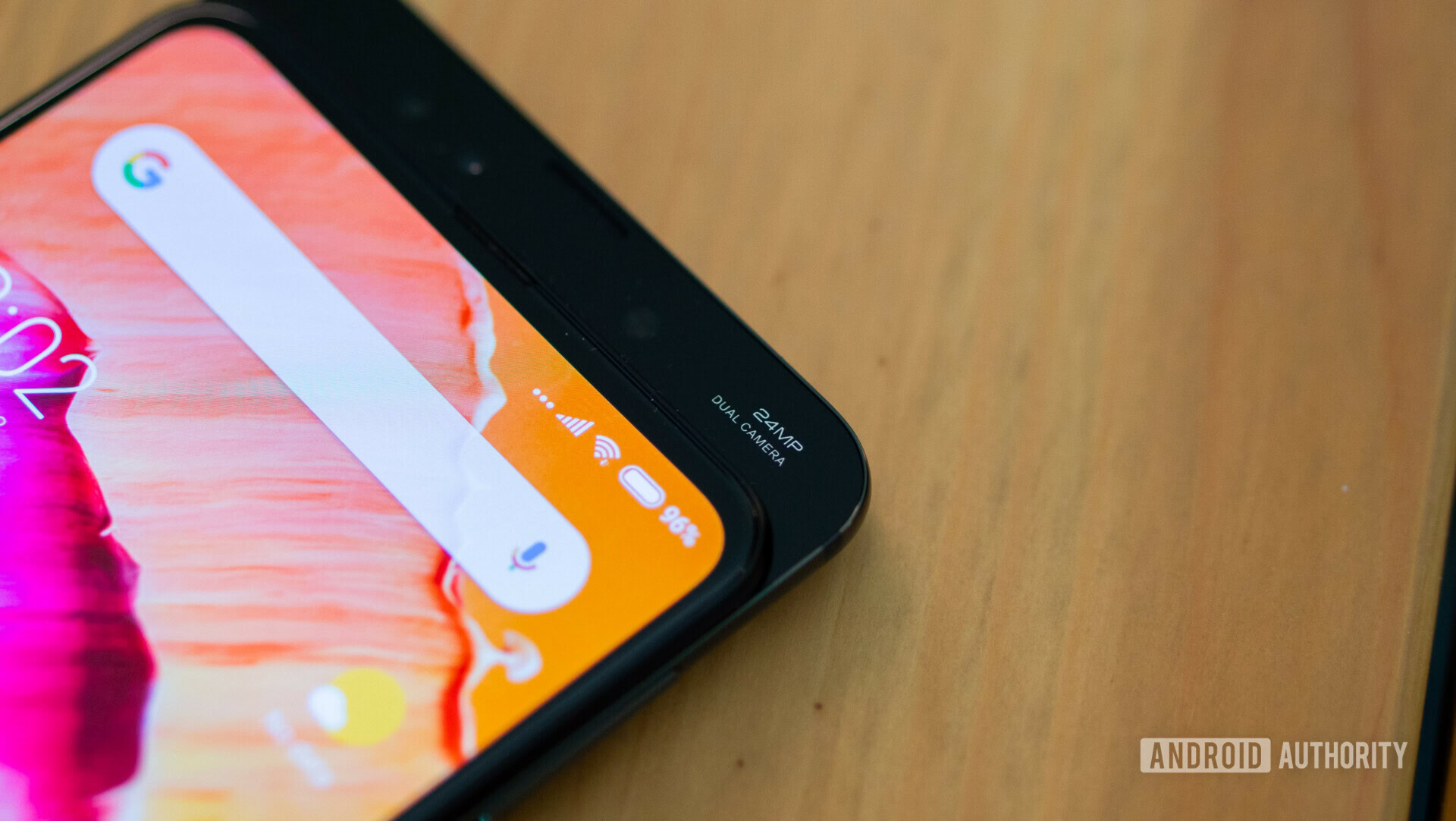
On January 14, 2019, the first alleged image of a OnePlus 7 prototype hit the internet. You can see the image here, but the leak heavily implies that the OnePlus 7 could feature a new design element in the OnePlus portfolio: a sliding back.
There were some slider phones released in 2018, most notably the OPPO Find X and the Xiaomi Mi Mix 3. Those devices were well received by both the press and general Android users, likely in part because it solves the problem of the notch by keeping the front-facing sensors hidden away until you need them.
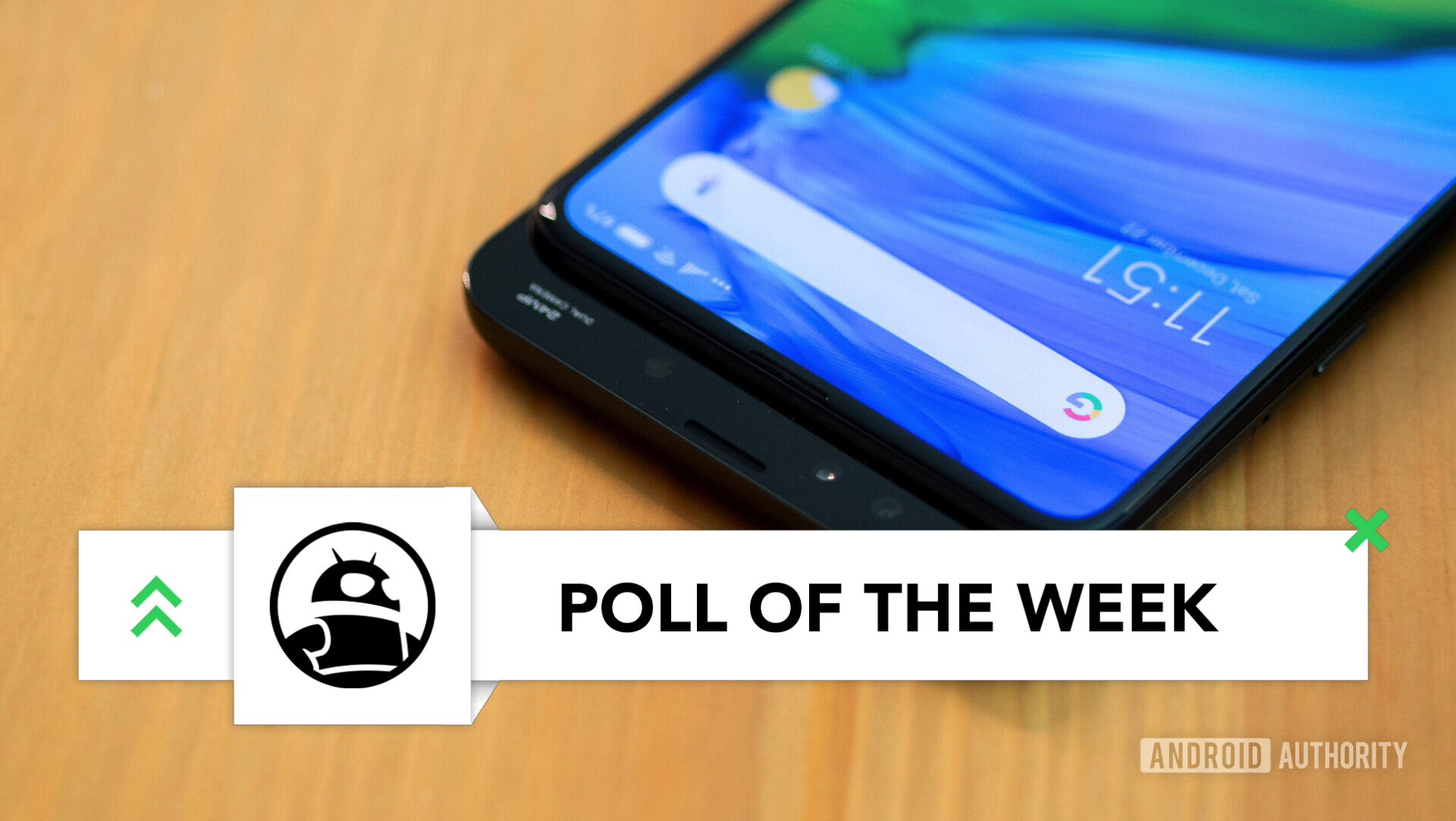
It’s not like slider phones are a new thing though. The popular line of Sidekick phones from the early 2000s featured a sliding screen, and the Nokia 8110 — popularized as Neo’s phone in The Matrix — also had a cool sliding effect. The newer slider phones are just taking a tried-and-true design element and updating it for the modern smartphone.
While slider phones might seem cool at first, something tells me the design’s caveats far outweigh the benefits.
More complex = more expensive
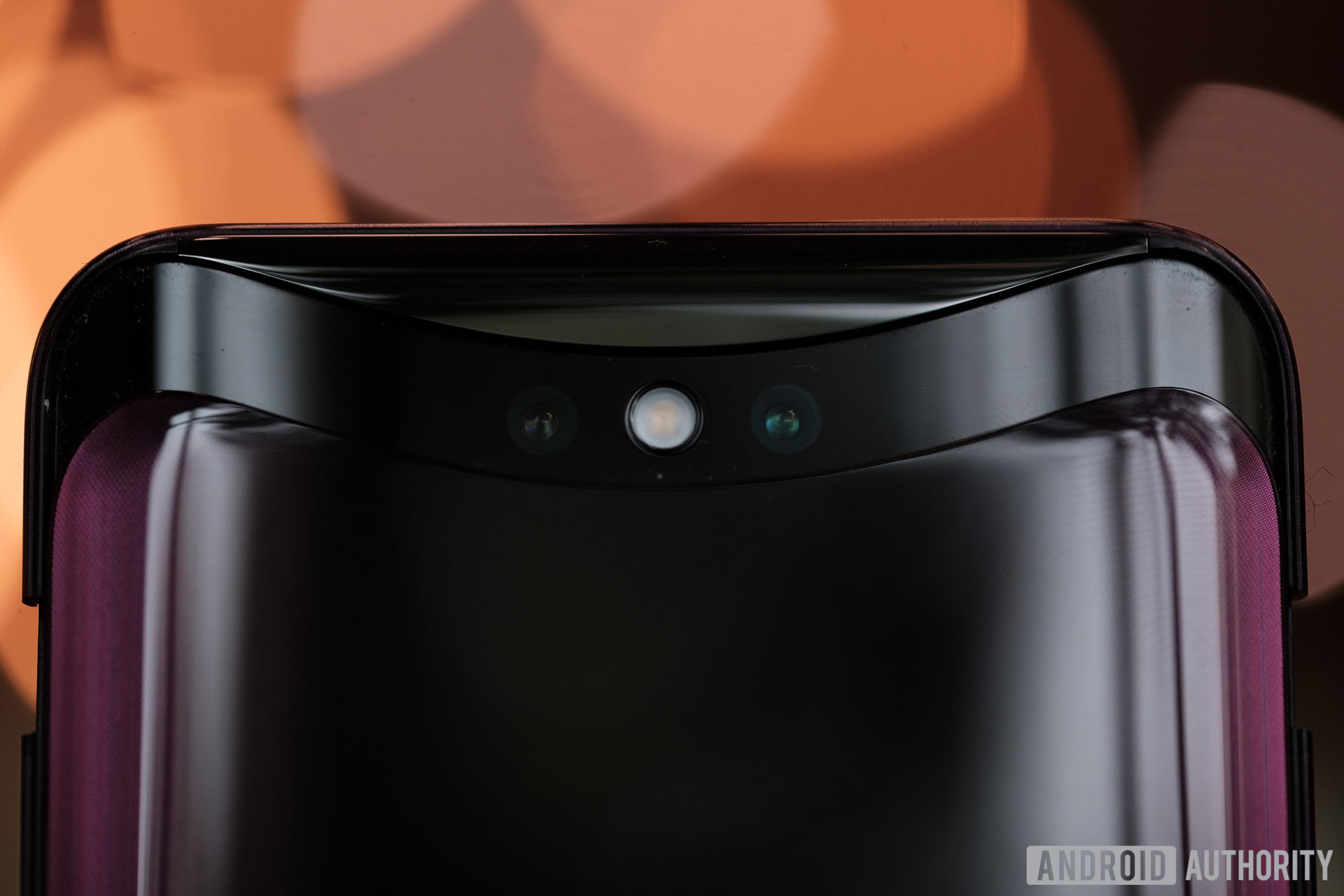
Most modern smartphones are one hunk of glass and metal. There are very few — if any — moving parts to speak of, making it relatively straightforward to produce them in mass quantities. Since almost all smartphones are designed and assembled in the same fashion, this makes things even more efficient as production lines don’t have to change things up too much to accommodate different OEMs.
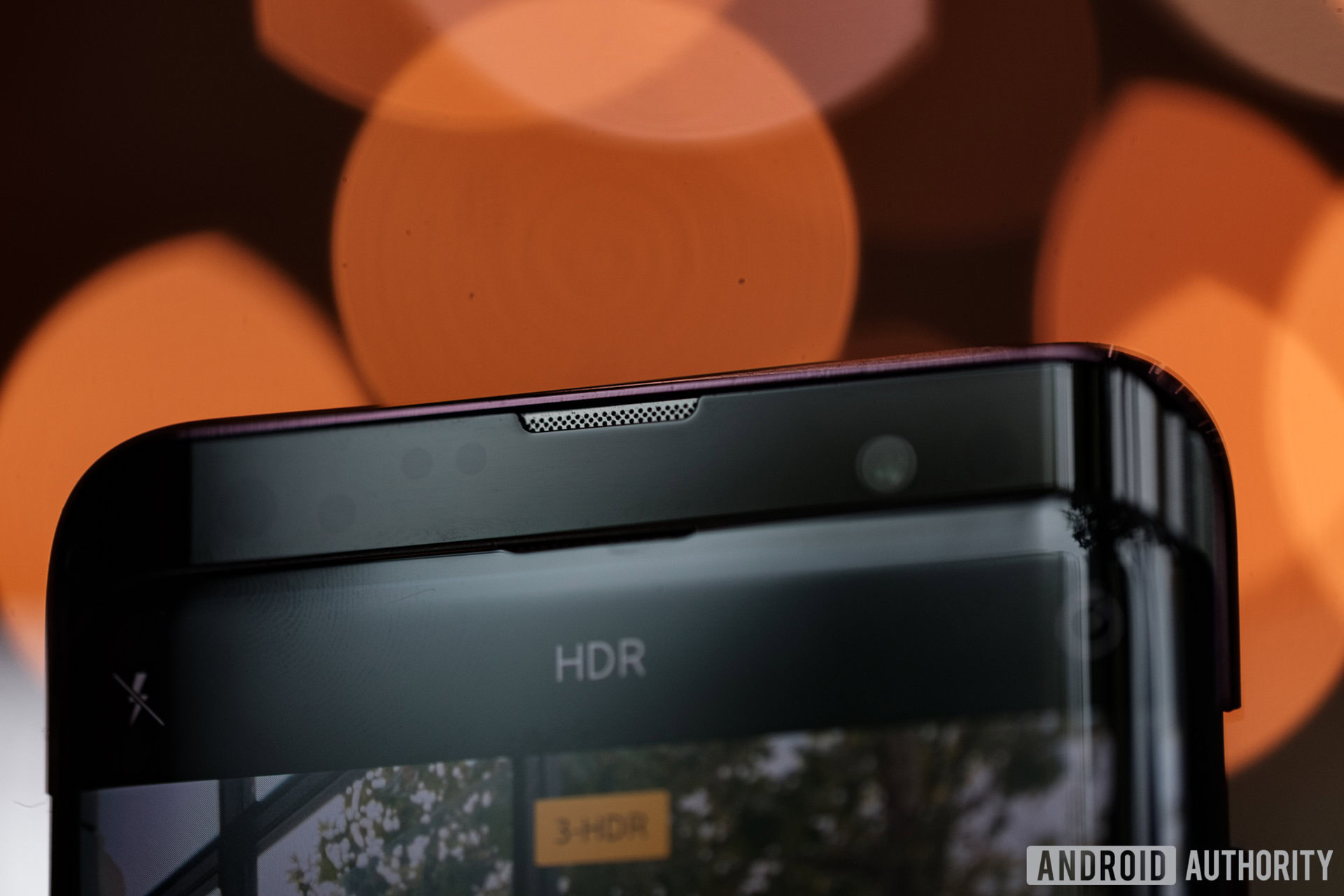
With slider phones, though, a new degree of complexity is introduced. Production lines now need to build a sliding mechanism which inevitably will result in a more difficult production process. This, in turn, will cause the prices of the devices to go up.
The Xiaomi Mi Mix 3 in the United Kingdom starts at 499 pounds (~$634). While this isn’t incredibly expensive for a smartphone, that price makes it one of the most expensive Xiaomi phones on the market. The OPPO Find X retails for 999 euros (~$1,137), which is definitely steep no matter how you look at it. We can only imagine that a slider phone from OnePlus would also be quite expensive, to say nothing about a slider phone from companies like Samsung or Sony.
Repairs will be even more of a nightmare
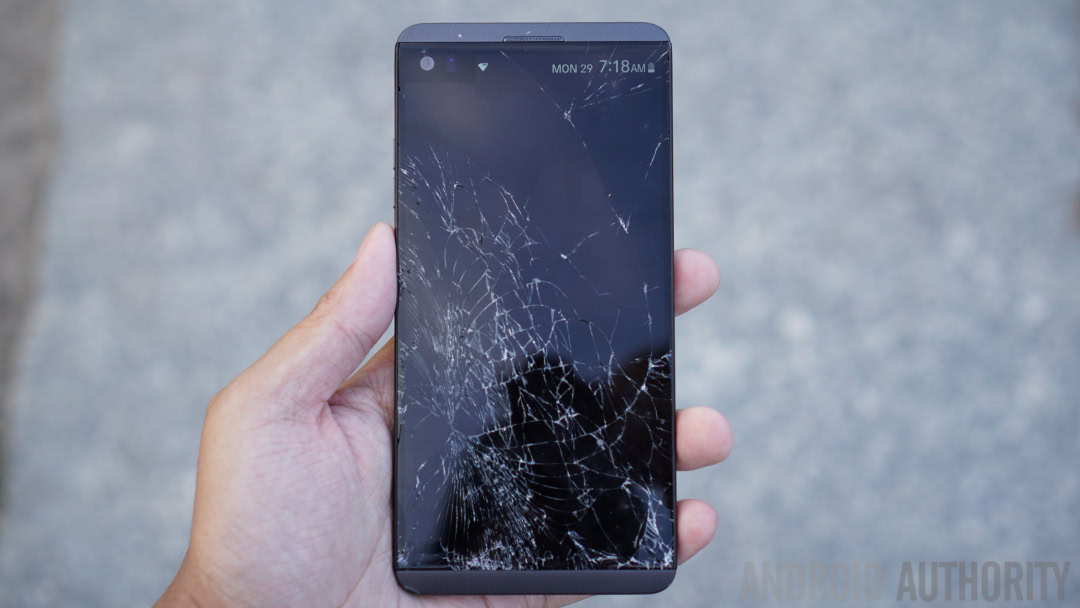
Not only are you likely to pay more for a slider phone, but you’re also going to have a tougher time repairing it. Both Xiaomi and OPPO, to their credit, claim their sliders are good for thousands and thousands of slides before inevitably breaking. Regardless of company claims, it’s simply common sense to know that increased complexity will result in increased danger of breakage.

These days, it’s relatively easy (although not easy enough) to fix your Android phone by ordering some parts and tools online, watching some YouTube videos, and getting to work. You can even take your phone into various third-party repair shops and get things fixed up for a fair price with minimal waiting. However, it’s a safe bet that fixing a slider phone will be more difficult than usual, which will drive repair costs up across the board, to say nothing of adding a new layer of difficulty for the repair itself.
If you’re the kind of person who takes great care of their phones, this one might not apply to you so much. But for everyone else, this is something to keep in mind.
Say goodbye to IP ratings
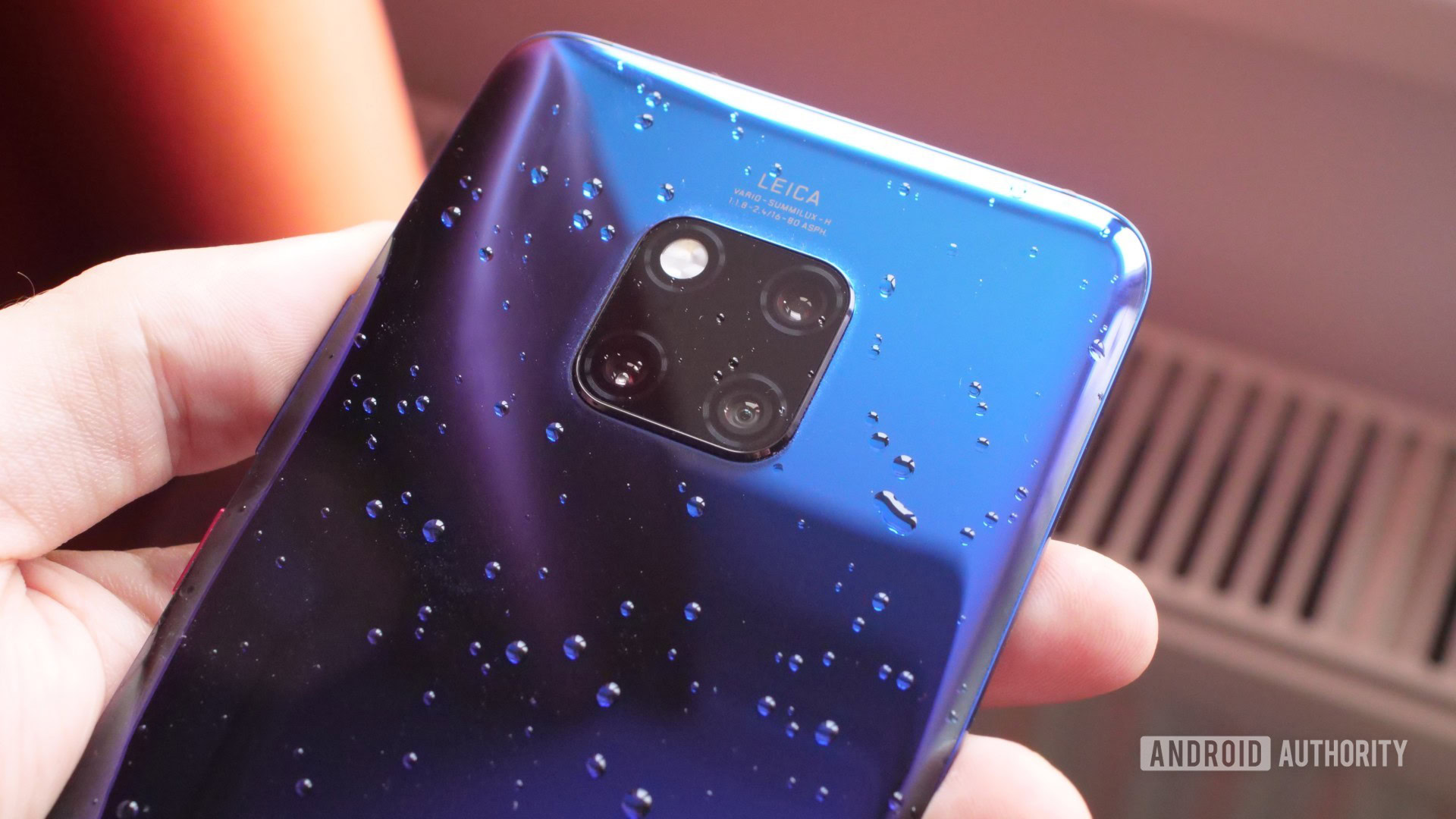
It’s a safe bet that no slider phones will get the coveted IP68 certification against water and dust. The sliding back makes that pretty much impossible.
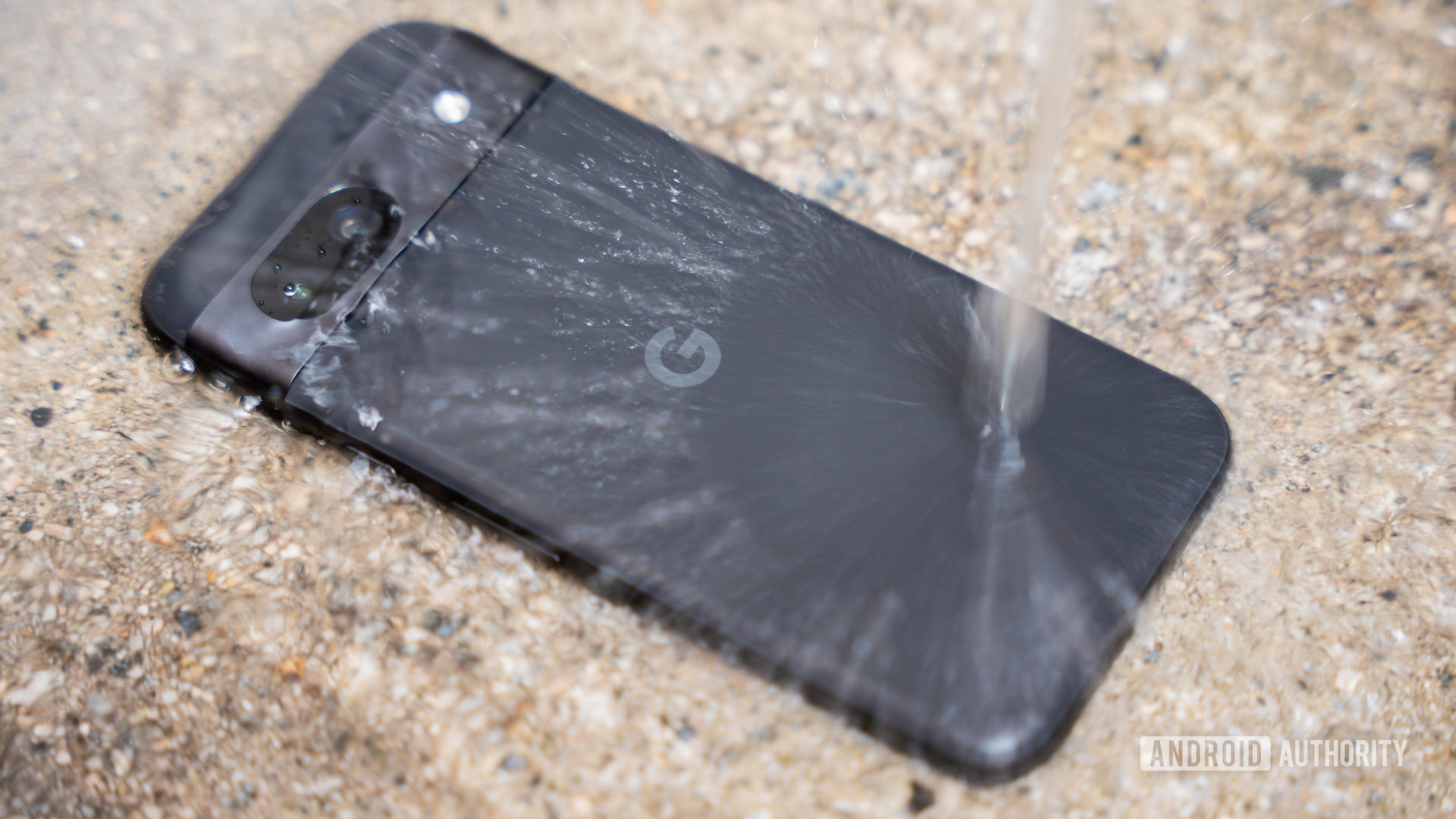
Granted, smartphones with speaker grilles, headphone jacks, and USB Type-C ports have earned an IP68 rating. Maybe the smartphone industry will figure out a way to earn that certification with a sliding back. But I think it’s much more likely that it will come down to getting an uncertified slider phone or getting a certified slate phone, with no other choices available. Just think of all the dust and pocket lint that could get into that slider!
Increased thickness, decreased battery
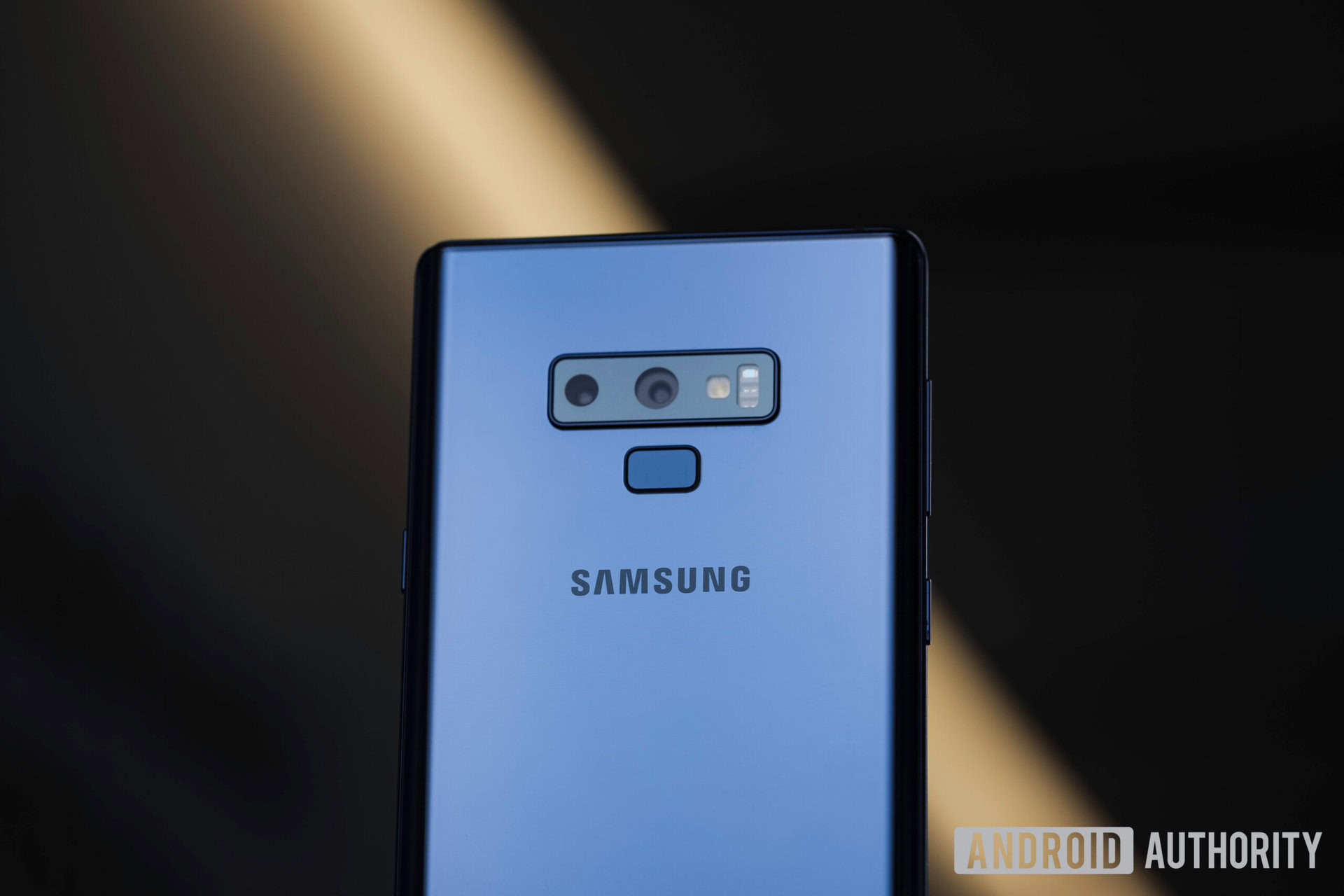
We tend to talk about the thickness of any given smartphone with the utmost seriousness. If a phone is even a few millimeters thicker than another, it can make people question if the device is worth buying.
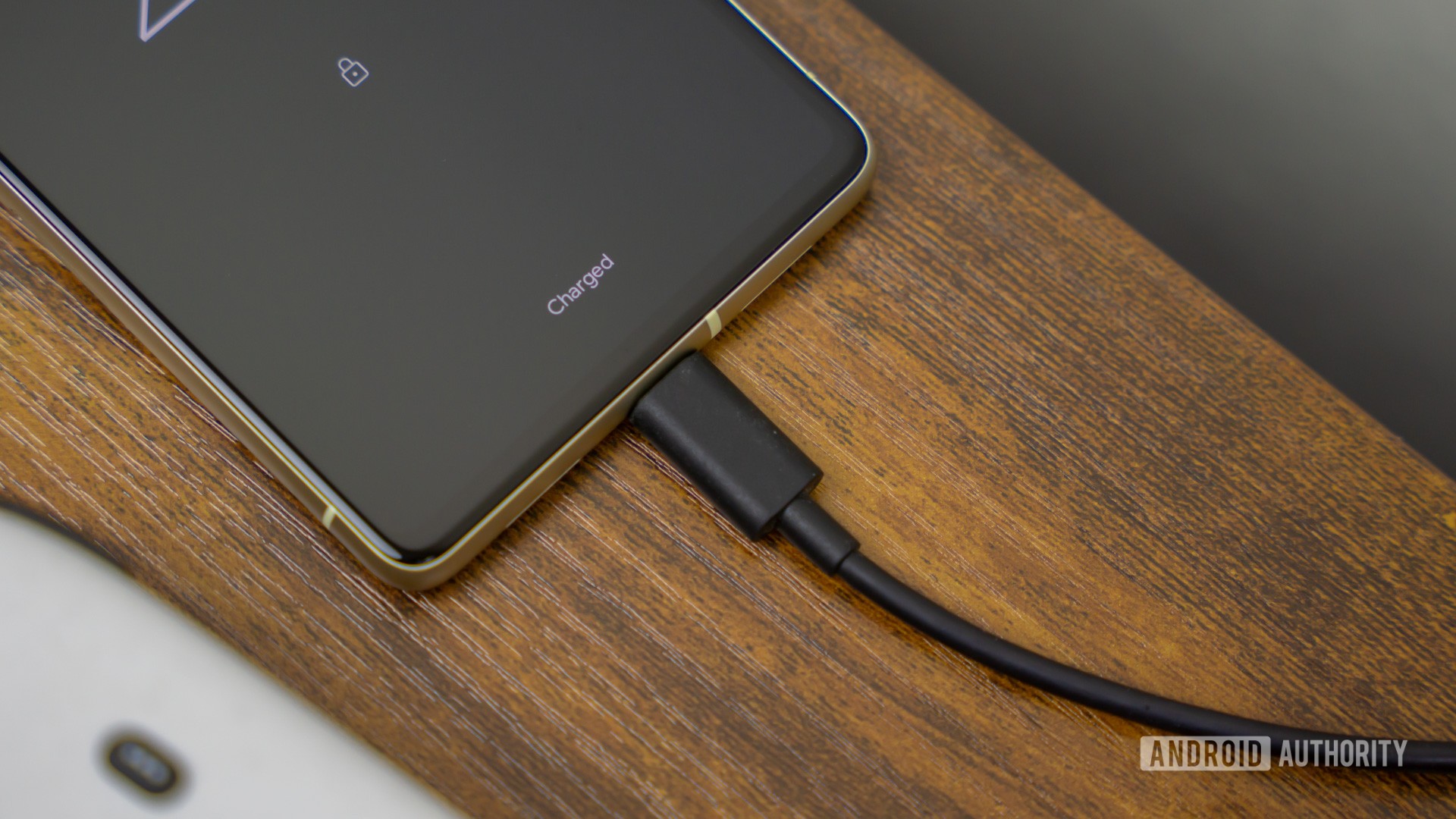
Most buyers would concede that they would gladly buy a thicker smartphone if it meant getting a bigger battery. Unfortunately, that likely won’t be the case with slider phones, as they are probably going to be noticeably thicker than slate smartphones without affording any extra room for the battery.
For example, the Xiaomi Mi Mix 3 is 8.5mm thick with a 3,200mAh battery, and the OPPO Find X is a whopping 9.6mm thick with a 3,730mAh battery. Meanwhile, the OnePlus 6T is 8.2mm thick with a 3,700mAh battery and the Samsung Galaxy Note 9 is 8.8mm thick with a 4,000mAh battery.
In other words, slider phones are plenty thick, but that thickness isn’t making the battery capacity any larger.
Like the notch, this is just transition tech
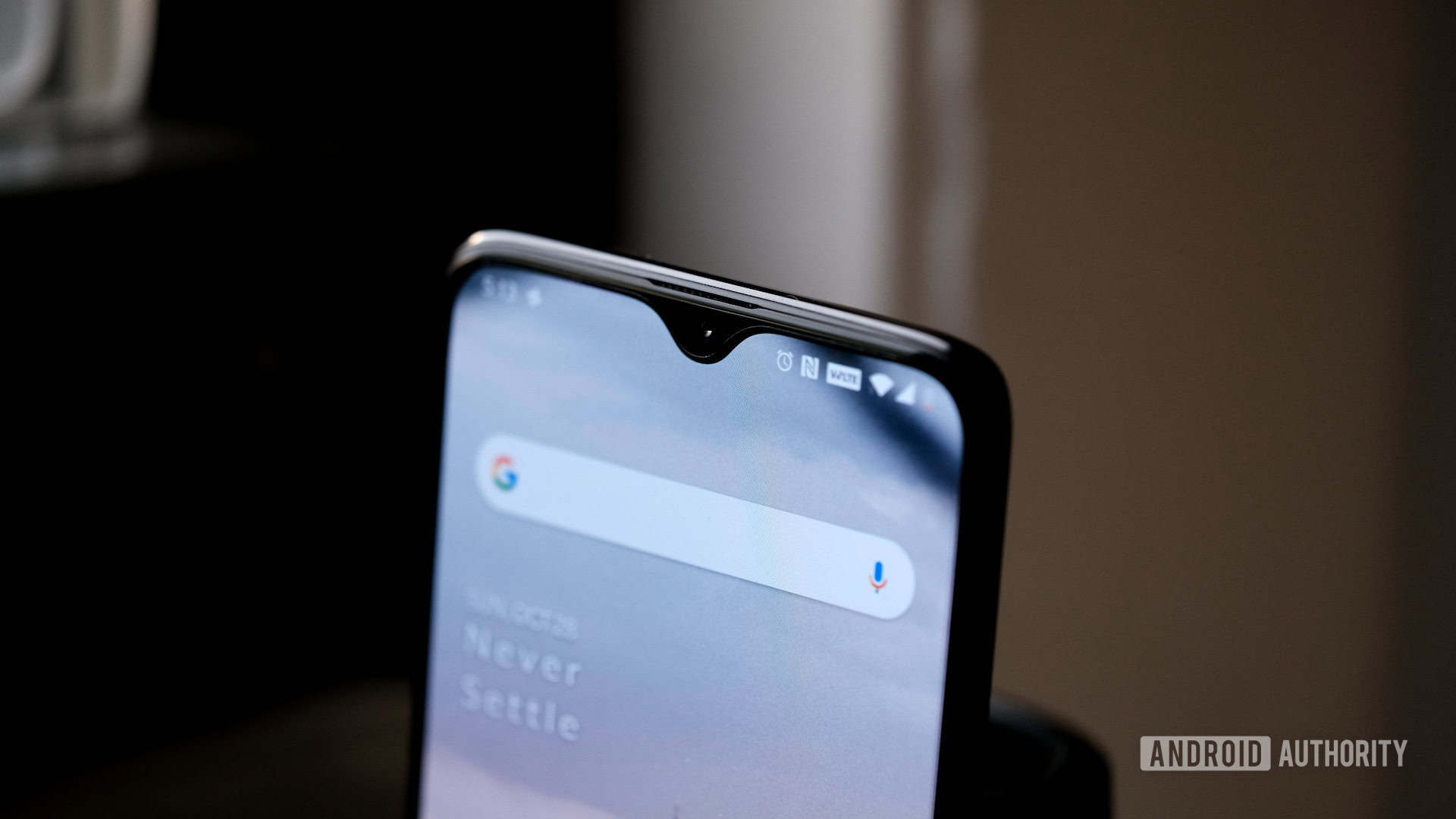
One of the chief complaints of the notch design is the fact that it ruins the symmetry of the display. The sliding back attempts to solve that problem, but it, in turn, creates all sorts of new problems. I don’t know about you, but I’ll gladly suffer through a tiny notch on something like the OnePlus 6T or the hole-punch display we expect to see on the Samsung Galaxy S10 if it means a bigger battery, a reasonable price, and straightforward repairs. I’m sure there are lots of folks out there who would love that IP68 rating, too.
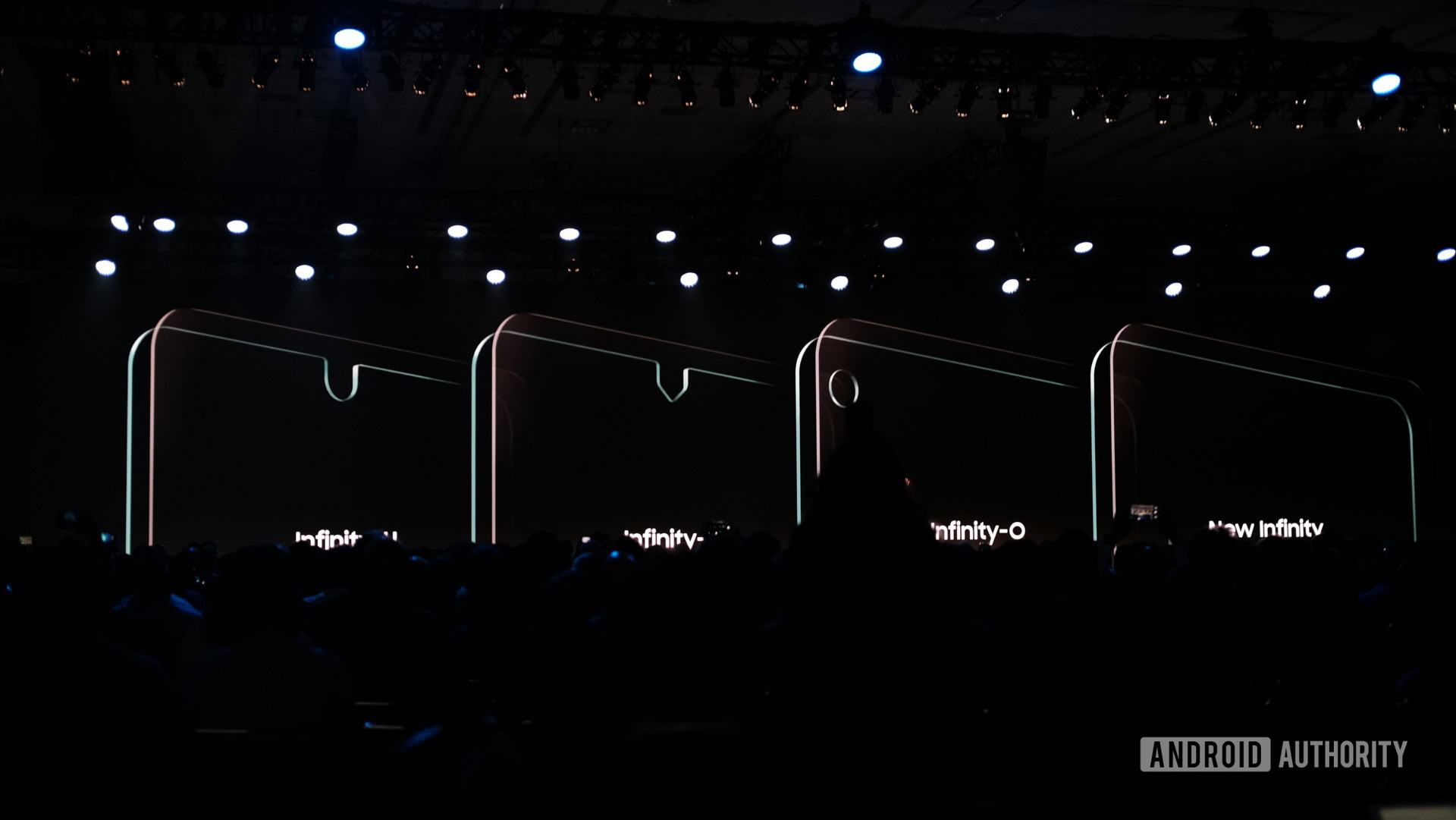
Eventually, though, this will all be moot. The notch, sliding backs, hole-punch displays — these are all pieces of transition tech. Consumers want all-screen devices, and we eventually will get them. OEMs will figure out how to put all the front-facing sensors we want under the display glass itself, eliminating the need for notches or sliders or anything else. It’s only a matter of time.
In the past year, we’ve gone from a notch that takes up over 50 percent of the display horizontally to a tiny little dot in the top of the screen. We’ve gone from speaker grilles dominating the top bezel to tiny slivers that live between the glass and the ultrathin top of the chassis. Fingerprint sensors are already under the glass, and technology exists to get the selfie camera to live under the glass, too.
You won’t have to wait much longer to get the first true, totally all-display smartphone. If you desperately need something in the meantime, then maybe grabbing a slider phone will be worth it. If not, I’d skip this fad — it isn’t going to last.
NEXT: Foldable phones with flexible displays – Here are the ones we know about so far
Thank you for being part of our community. Read our Comment Policy before posting.